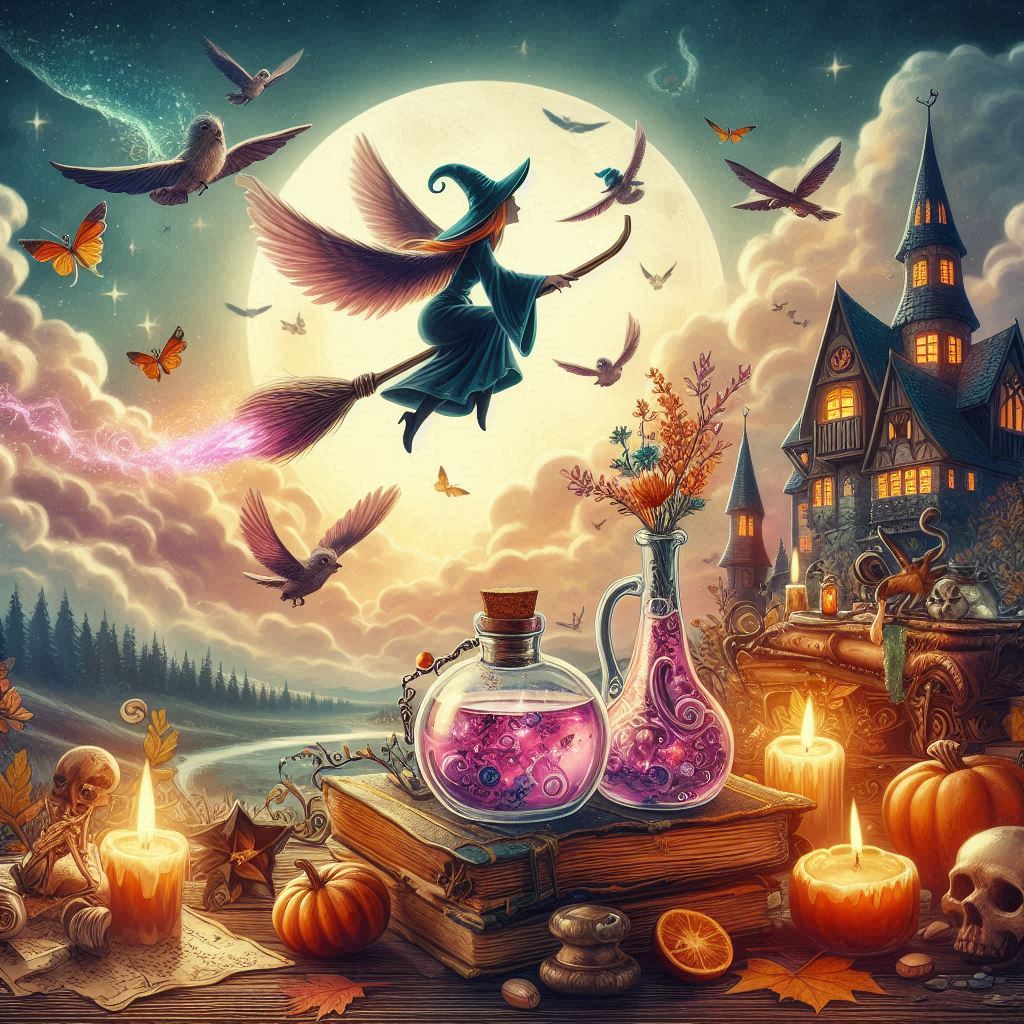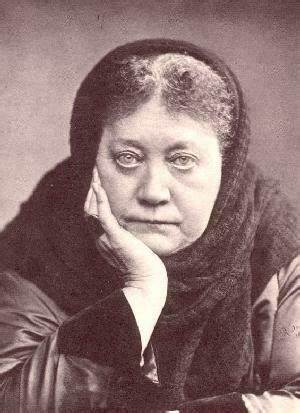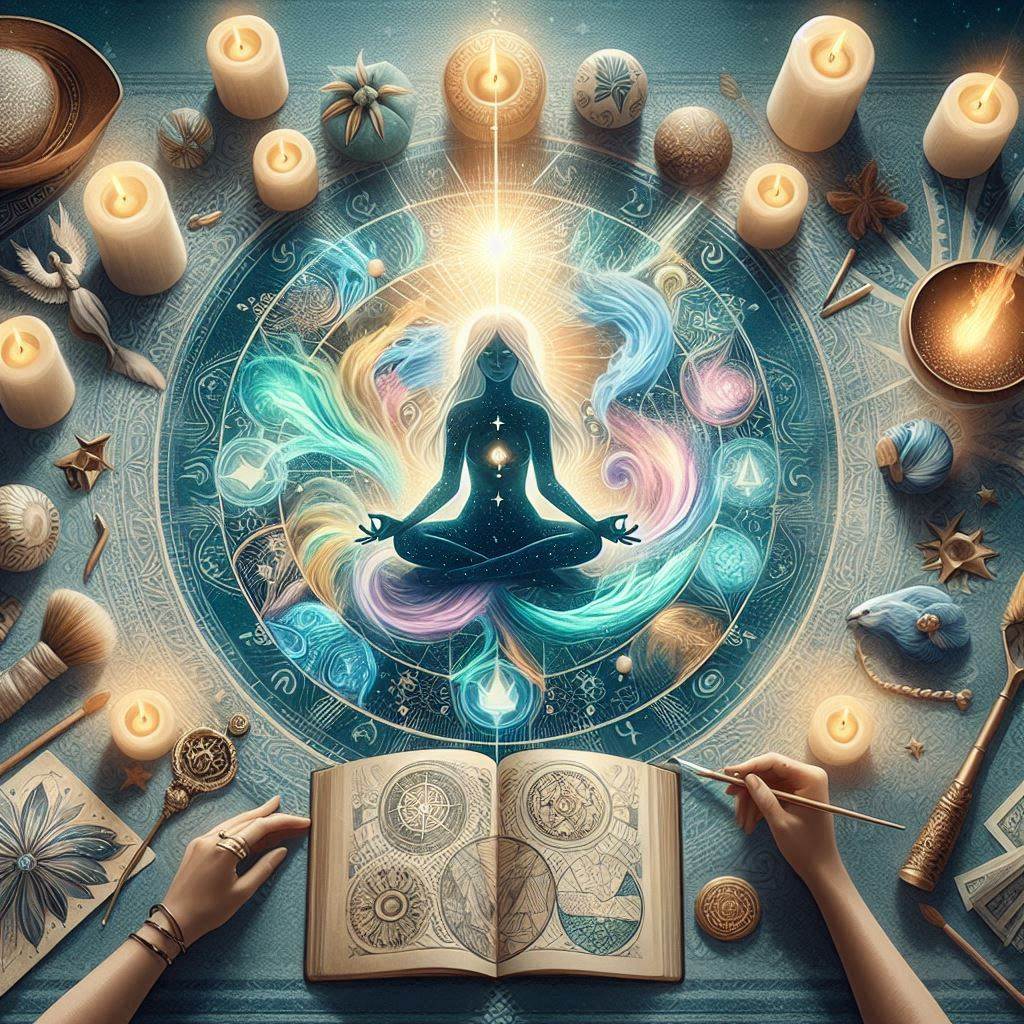Your cart is currently empty!

The Enchanting History of Witches’ Flying Potions
Witches flying on broomsticks is an image that captivates our imaginations, drawing us into a world of mystical enchantments and ancient secrets. But what is the true story behind these magical flights? Dive with us into the hidden history of witches’ flying potions, a tale woven with forbidden knowledge, potent herbs, and the alchemical pursuit of flight.
The Ancient Roots: Forbidden Herbs of the Past
Our journey begins in the shadowy recesses of ancient pagan rituals. Early practitioners, often revered as wise women and men, delved into the dark arts of herbology. They concocted powerful brews using plants that held the key to altered states of consciousness. Belladonna (Deadly Nightshade), Henbane, Datura, and Mandrake were not merely herbs but gateways to otherworldly experiences. These plants contain tropane alkaloids, inducing vivid hallucinations and the sensation of flight, making them central to the lore of witches’ flying potions.
Medieval Alchemy and the Witch Hunts: Secrets of the Sabbats
The Middle Ages were a time of great fear and superstition. As Europe plunged into the era of witch hunts, the testimonies extracted from accused witches revealed the covert use of flying ointments. These confessions, often coerced under unimaginable torture, described witches anointing themselves with potions that granted them the power of flight, allowing them to attend sabbats and secret gatherings of witches. The precise recipes for these potions were veiled in secrecy, passed down through whispered incantations and hidden manuscripts.
The Alchemical Pursuit: Transformation and Transcendence
Alchemy, the mystical precursor to modern chemistry, played a crucial role in enhancing the potency of flying potions. In their quest to transform base elements into gold and discover the elixir of life, Medieval alchemists stumbled upon the secrets of these magical concoctions. Their deep understanding of plant-based chemistry allowed them to refine and amplify the effects of the ingredients, creating potions that not only induced the sensation of flight but also symbolized the alchemical pursuit of transformation and transcendence.
Renaissance and the Enlightenment: A Forbidden Art
As the Renaissance dawned, studying these potions took on a new form. Scholars and occultists documented their findings in grimoires and sacred books of forbidden knowledge. These texts, often hidden from the prying eyes of the church, detailed the complex recipes and rituals needed to craft flying potions. The Enlightenment, with its emphasis on reason and science, pushed these mystical practices further into the shadows, but the allure of forbidden knowledge remained.
Modern Interpretations: A Symbol of Rebellion In contemporary times, the concept of witches’ flying potions has transformed into a symbol of mystical and rebellious femininity. Modern Wiccans and neopagans explore historical recipes with a blend of reverence and caution, aware of the potent and toxic nature of the original ingredients. These explorations are not just a nod to the past but a reclaiming of forbidden knowledge, celebrating the resilience and wisdom of those who came before.






